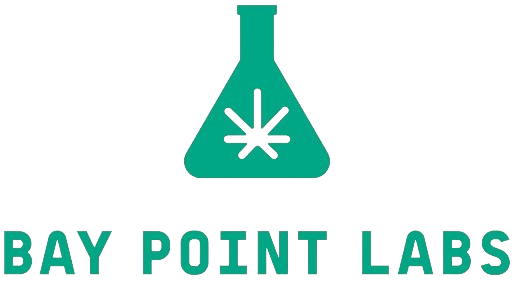
Slide title
Fair Pricing | Best Genetics in the Seed Industry | Nationwide Delivery Available
Button
Moisture Content and Water Activity Testing
Moisture content and water activity (Aw) testing are critical components of cannabis quality control. Water activity provides valuable insights into a product's resistance to microbial growth. When cannabis contains excessive moisture, it becomes susceptible to microbial contamination, which can degrade the product and make it unfit for consumption. An acceptable Aw level for dried cannabis or pre-rolls is to not exceed 0.65. Solid edible cannabis products cannot exceed 0.85 Aw.
The Difference Between
Moisture Content and Water Activity
It's important to understand that water activity is different from moisture content. While moisture content measures the percentage of water in a sample by weight, water activity assesses the availability of water for microbial growth. This distinction is crucial for accurately evaluating a product's stability and safety.
Water activity testing also offers essential feedback for cultivators and manufacturers regarding their curing processes. If a product has a high Aw level, clients can review their curing procedures to identify deficiencies and implement corrective measures before retesting. Water activity levels are measured using a water activity analyzer. During moisture content testing, cannabis samples are gradually dried in a low-temperature oven. The moisture content is then calculated by comparing the dry weight to the original weight, yielding a percentage moisture content. Too little moisture makes cannabis brittle and prone to crumbling, while too much increases the risk of mold.
Accurate Measurements
Accurate measurements of moisture content and water activity are indispensable for several reasons:
Product Quality
Understanding and controlling moisture levels helps optimize curing methods, packaging techniques, and storage conditions, preserving the cannabis product's integrity and enhancing its quality and consumer appeal.
Regulatory Compliance
Many jurisdictions, including California, impose strict standards on moisture content and water activity levels to prevent microbial contamination and ensure consumer safety. Regular monitoring helps cultivators and manufacturers stay compliant, avoiding regulatory penalties and maintaining their operational licenses.
Consumer Safety
Excessive moisture can foster harmful microbial growth, compromising consumer health, while too little moisture can lead to product dryness and reduced potency. By monitoring and adjusting moisture levels, producers can safeguard consumer well-being and maintain trust in their products.
California state regulations require moisture content to be measured in percentage terms. Proper control of moisture levels ensures cannabis products are not too wet, which increases microbial risk, or too dry, which reduces potency and quality.
Compliance
Water activity regulations set by the Department of Cannabis Control (DCC) are vital for maintaining cannabis product safety and quality. Water activity (Aw) measures the amount of water available for microbial growth, indicating a product's stability. DCC regulations specify limits for water activity to prevent microbial contamination and protect consumer health. For example, dried flower samples, including pre-rolls, must not exceed 0.65 Aw, while solid edible cannabis products must remain below 0.85 Aw.
Compliance with these regulations highlights a commitment to stringent safety standards and high product quality. By meticulously monitoring and managing water activity levels, cultivators and manufacturers ensure regulatory compliance, enhance product integrity, and build consumer confidence in the cannabis market.

Contact Us
Phone: 707-747-6081
Email: timea.majoros@baypointlabs.com
Address: 685 Stone Rd Suite 9, Benicia, CA 94510, United States Of America
All Rights Reserved | Bay Point Labs